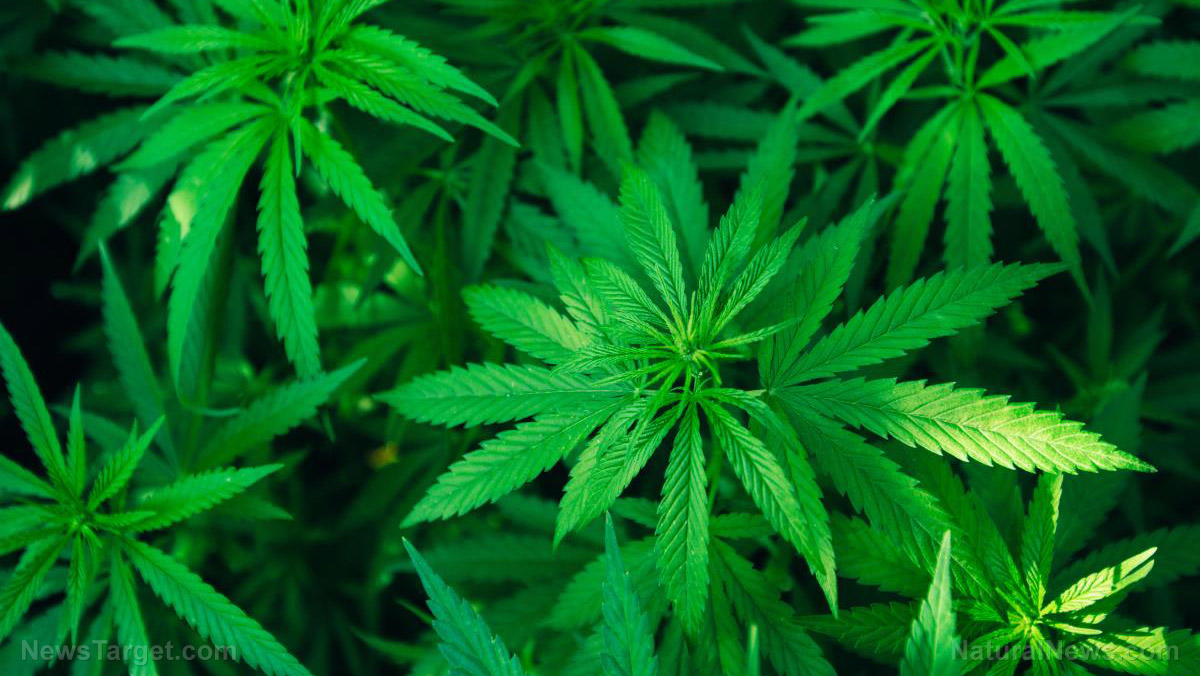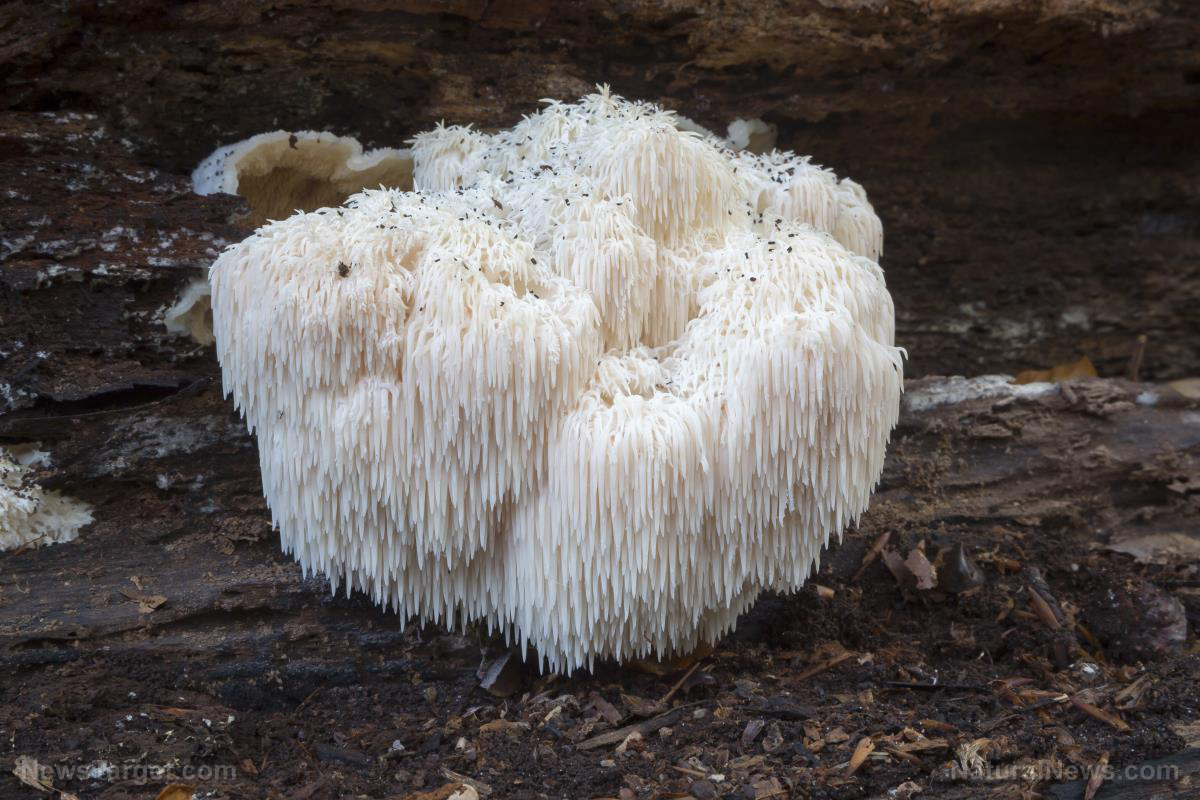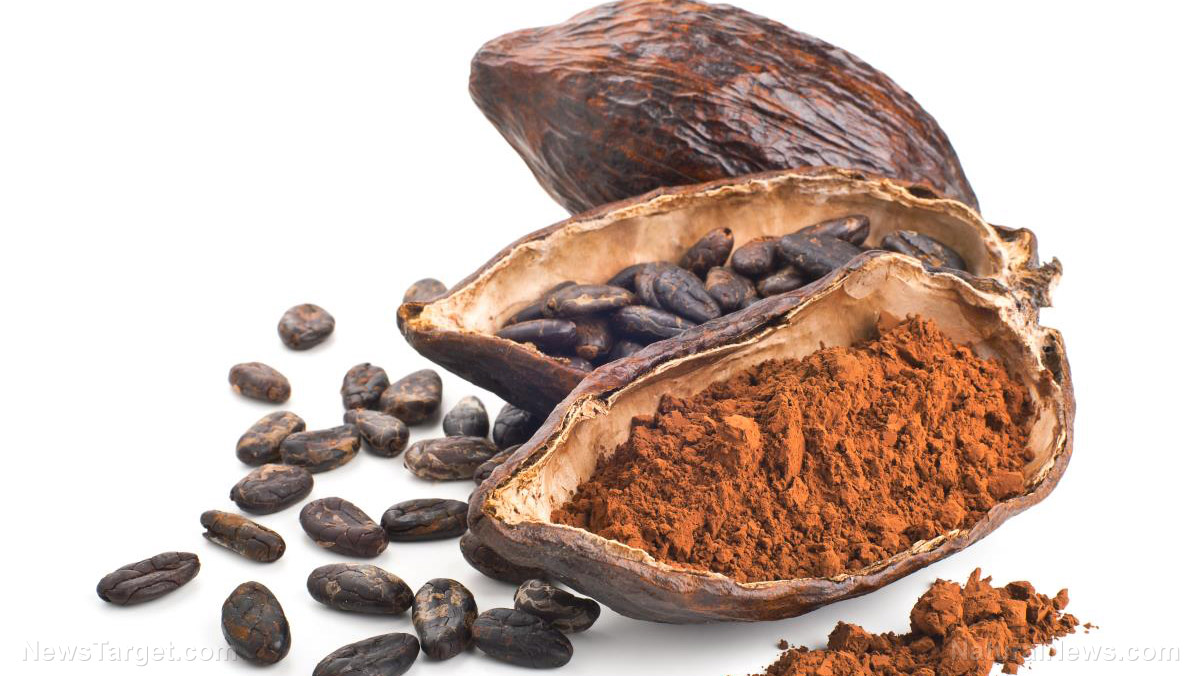After failing to ban kratom domestically, the FDA is now pushing the UN and the WHO to ban it globally
07/30/2021 / By Ethan Huff

The U.S. Food and Drug Administration (FDA) is on a mission to eliminate all consumer access to the herb mitragyna speciosa, also known as kratom – and your help is needed to stop it.
Back in 2016, the FDA tried, and was almost successful, at getting kratom banned here in the United States. The agency has long argued that kratom is a “dangerous drug” with no benefits that belongs on the Drug Enforcement Agency‘s (DEA) Schedule I list of prohibited substances.
Thanks to the diligent efforts of freedom fighters, the FDA was stopped in its tracks. Now, however, the agency is trying once again to eradicate the natural painkiller from existence – this time globally.
In a notice published in the Federal Register, the FDA is asking for feedback concerning its latest push to have the United Nations and the World Health Organization (WHO) add kratom and its constituents to the international schedule, which would prohibit kratom from being consumed anywhere in the world.
Until Aug. 9, 2021, the FDA is accepting public comments on the matter, which means your help is needed to let the agency know that it has no right trying to prohibit nature from being accessible to the people.
“Please submit your comments below, even if you already entered via Federal Registry,” says the American Kratom Association (AKA), which remains at the forefront of the fight to keep kratom accessible and available to all.
“The AKA is working hard to prompt as many kratom consumer comments as possible.”
You can add your comment to the Federal Register at this link.
Tell the FDA to leave natural herbs alone!
Since kratom functions as a safe and effective natural alternative to prescription and over-the-counter pharmaceutical painkillers, it has been in the FDA’s crosshairs for many years.
Much like how the government hates cannabis for being a natural alternative to a slew of high-profit pharmaceuticals, kratom threatens the multi-billion-dollar painkiller industry – and thus it has to go, according to the government and Big Pharma.
“Kratom is abused for its ability to produce opioid-like effects,” the FDA still falsely claims, denying all of the latest science showing that kratom is a safe and effective way to manage pain.
“Kratom is available in several different forms to include dried / crushed leaves, powder, capsules, tablets, liquids, and gum / resin. Kratom is an increasingly popular drug of abuse and readily available on the recreational drug market in the United States.”
What the FDA is not telling people is that kratom is a “cousin” to the coffee plant. It produces a similar uplifting boost while quelling pain – all naturally, of course. So, if the FDA wants kratom to be banned, then it also needs to ban coffee for being in the same herbal family.
Another reason the FDA wants to ban kratom is because its constituents have been shown to powerfully fight the Wuhan coronavirus (Covid-19), rendering it as a possible natural remedy.
The WHO is scheduled to meet in October to discuss “drug dependence,” which will include determining which new substances it wants to schedule, aka prohibit, for people’s “safety.” The FDA is hoping that the WHO will schedule kratom at this time.
“The FDA’s request for public comments on a matter of such importance involving the international scheduling of kratom is an extraordinary abuse of their authority,” said Mac Haddow, a senior fellow of public policy at the AKA, to Marijuana Moment.
Please take the time to submit your comment of support for kratom to the FDA before Aug. 9 deadline.
You can also learn more about safe and effective natural alternatives to pharmaceuticals at NaturalNews.com.
Sources for this article include:
Submit a correction >>
Tagged Under:
ban, cannabis, FDA, health freedom, Herbs, kratom, mitragyna speciosa, natural healing, Prohibition, scheduling, UN, WHO
This article may contain statements that reflect the opinion of the author
RECENT NEWS & ARTICLES
Herbs.News is a fact-based public education website published by Herbs News Features, LLC.
All content copyright © 2018 by Herbs News Features, LLC.
Contact Us with Tips or Corrections
All trademarks, registered trademarks and servicemarks mentioned on this site are the property of their respective owners.






















